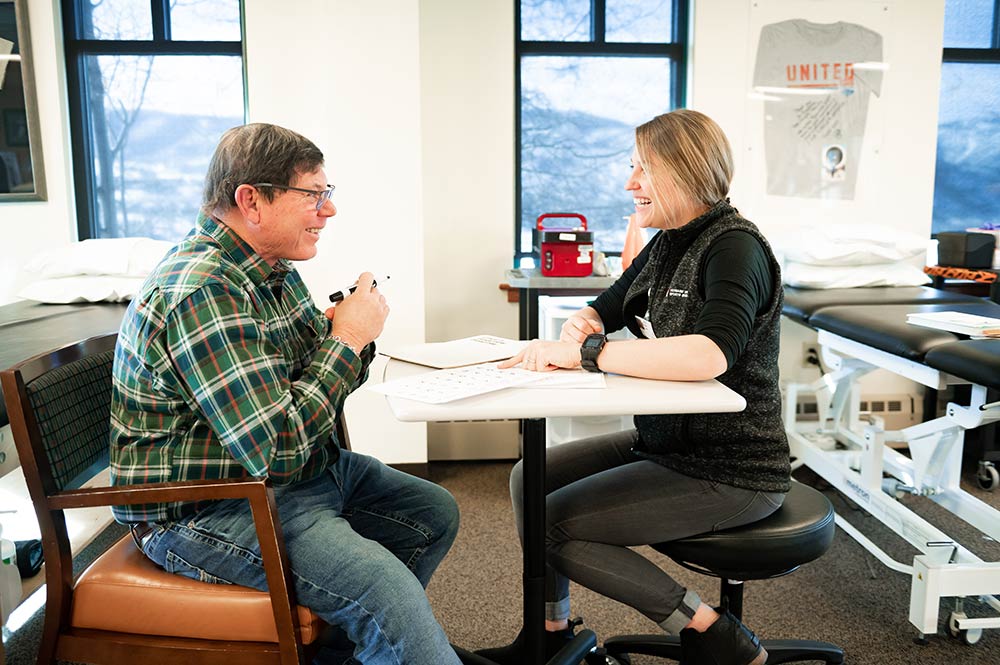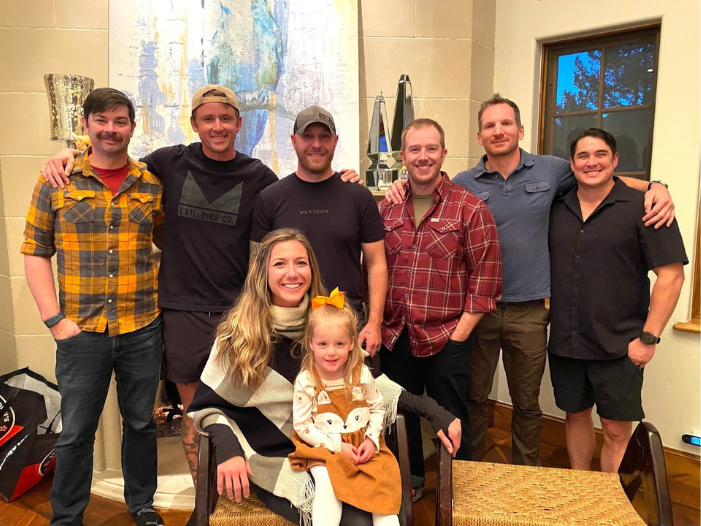Lifesaving Tips for Stroke Recognition During National Stroke Awareness Month

Strokes are a significant health concern in the United States, ranking as the fifth leading cause of death and a primary contributor to long-term disability. Recognizing the signs and knowing the immediate actions can significantly increase the chances of survival and reduce the long-term effects. Continue reading for critical lifesaving tips for strokes, highlighting the importance of prompt intervention and preventive measures.
What Is a Stroke?
A stroke occurs when the blood supply to part of the brain is interrupted or reduced, preventing brain tissue from getting oxygen and nutrients. There are two main types of stroke: ischemic, caused by a blockage, and hemorrhagic, caused by bleeding. You should also be aware of a transient ischemic attack (TIA) or a “mini” or “warning” stroke.
Understanding the signs of a stroke, immediate response, and preventive measures can empower you to act swiftly in a crisis and adopt a lifestyle that minimizes the risk of stroke. This knowledge is vital for everyone, as quick intervention can save lives and significantly reduce the long-term impact of stroke on individuals and families.
Recognizing Stroke Symptoms: the FAST Method
The FAST method is a simple way to remember and identify stroke symptoms:
- Face: Ask the person to smile. Does one side of the face droop?
- Arms: Ask the person to raise both arms. Does one arm drift downward?
- Speech: Ask the person to repeat a simple phrase. Is their speech slurred or strange?
- Time: Call emergency services immediately if you observe any of these signs.
Immediate Actions to Take During a Stroke
Call 911: Time is crucial. Immediate medical attention can minimize brain damage and potential complications. When someone is experiencing a medical emergency, swift action and promptly contacting emergency services (911) are critical. Rapid response and immediate medical care are essential to reduce the extent of brain damage and avoid further health complications.
When alerted promptly, medical professionals can initiate the necessary interventions immediately, enhancing the chances of a favorable outcome. Recognizing the urgency and taking prompt action in seeking professional medical assistance is vital to safeguard the individual’s health and well-being.
Do Not Drive: Wait for an ambulance. Driving the person to the hospital yourself can delay getting the treatment needed.
Monitor the Person: If you find yourself in a situation where you’re waiting for emergency services to arrive, it’s crucial to pay close attention to the individual requiring medical attention. Here’s an expanded breakdown of what you should do:
- Observe and Note Symptoms: Carefully observe the person’s symptoms and note what you observe. Are they experiencing pain, discomfort, difficulty breathing, or other symptoms? It’s important to be as detailed as possible in your observations. For instance, if they’re experiencing pain, note the location, intensity, and type of pain (sharp, dull, throbbing, etc.).
- Record the Time Symptoms Began: It’s essential to note when the symptoms started or when the incident occurred. This information can be crucial for medical personnel when they arrive, as it helps them understand the progression of the person’s condition and can influence the treatment plan.
- Refrain from Offering Food or Drink: It’s vital not to give the person food or drink while waiting for emergency services. Ingesting anything could exacerbate an underlying condition or injury. For example, if the person requires surgery, having food or drink in their system could lead to complications with anesthesia. Additionally, if the person is unconscious or has a reduced level of consciousness, they could choke or aspirate food or liquid into their lungs.
- Offer Comfort and Reassurance: While you’re not providing physical sustenance, offering comfort and reassurance can be very beneficial. Stay calm and provide comforting words to help reduce the person’s anxiety or fear. Let them know help is on the way and that they’re not alone.
- Prepare for Emergency Services: Gather any relevant medical information about the person that could be useful for emergency responders. This includes any known medical conditions, medications they are taking, and if they have any allergies. Also, ensure that the path to the person is clear so that emergency services can reach the individual quickly when they arrive.
-
Reduce Your Risk of Stroke
Up to 80% of strokes are preventable through lifestyle factors like avoiding smoking, obesity, high blood pressure, and diabetes. Prevention is critical in reducing the risk of stroke. Here are lifestyle changes and preventive measures:
- Manage Blood Pressure: High blood pressure is a significant risk factor. Regular check-ups and medication can help control it.
- Quit Smoking: Smoking accelerates clot formation. Quitting smoking can reduce the risk.
- Eat a Healthy Diet: A diet low in sodium and high in fruits and vegetables can help prevent stroke.
- Engage in Regular Exercise: Maintaining a healthy weight through regular exercise can lower the risk.
- Manage Diabetes: Keeping diabetes under control can reduce the risk of stroke.
- Limit Alcohol Intake: Excessive alcohol consumption increases the risk of stroke. Limiting intake can help.
Stroke Rehabilitation and Recovery
Recovery from a stroke can be a lengthy process. Rehabilitation may include physical, speech, and occupational therapy to regain strength, speech, and daily skills.
Protect Yourself and Your Loved Ones From Stroke
Understanding the signs of a stroke and taking immediate action can be lifesaving. By adopting preventive measures and leading a healthy lifestyle, you can significantly reduce the risk of stroke.
If you, a loved one, or someone you’re with is experiencing symptoms that could indicate a stroke, or if you are uncertain, contact the Vail Health Emergency Department for help.
Following a stroke, Vail Health Howard Head Sports Medicine offers a diverse range of rehabilitation services, including certified hand therapy, occupational therapy, and speech therapy tailored to support your recovery.
By staying informed and vigilant, we can all help reduce the impact of strokes in our communities.
This article was reviewed by Suzanne Torris, MS, RN, FNP.


